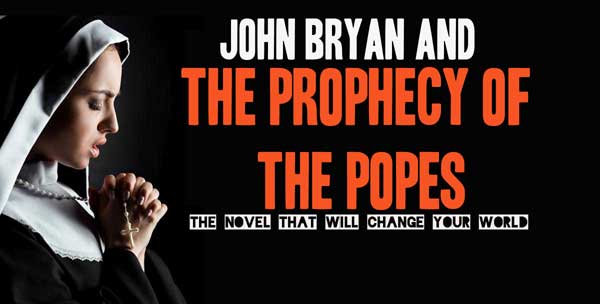One of the main reasons for setting up an SMSF is the flexibility and freedom it can give you to plan for your retirement. But that flexibility and freedom isn’t unrestricted and when it comes to the investments your SMSF makes, there are legal barriers that limit or prevent investments involving related parties.
The reasons for those restrictions is to ensure that SMSFs stick to the fundamental purpose for which they are intended – to provide death or retirement benefits to the fund members and dependents. Funds are not supposed to be used as a way of providing benefits in the present day to either the member or the member’s dependents.
So, what are the key restrictions for related party dealings? Well, an SMSF:
- can only purchase business real property from a related party (business real property generally means land and buildings used wholly and exclusively in a business ;
- can only invest up to 5% of the total value of its assets in a related entity;
- can only lease an SMSF property (i.e. non business real property) to a related party if the property’s value does not exceed 5% of the value of the SMSF’s asset.
- can only lend money to a related entity of up to 5% of the value of its total assets; and,
- can only invest in a related entity if it is a non-geared entity.
So, establishing who and who isn’t a related party or related entity of your SMSF can be enormously important and its one that many SMSFs get wrong, leading to unwanted attention from the Australian Taxation Office (ATO).
A related party is defined in sec 10(1) Superannuation Industry Supervision Act 1993 (known as the SIS Act, which is the key piece of law governing the administration of super funds) as:
- All members of the fund
- Associates of fund members, which include
- the relatives of each member. This is very broadly defined to include:
- parents
- grandparents
- brothers and sisters
- uncles, aunts, nephews and nieces
- lineal descendant or adopted children of the member or their spouse
- a spouse of any of these individuals.
- the relatives of each member. This is very broadly defined to include:
Cousins are excluded.
Spouses of the member are included; the definition of a spouse includes another person (whether of the same sex or a different sex) with whom the person is in a relationship that is registered under a law of a State or Territory, including a person who, although not legally married to the person, lives with the person on a genuine domestic basis in a relationship as a couple.
- the business partners of each member
- any spouse or child of those business partners
- any company the member or their associates control or influence
- any trust the member or their associates control.
- Standard employer–sponsors. These are are employers who contribute to the super fund for the benefit of a member, under an arrangement between the employer and a trustee of the fund. Note that this doesn’t necessarily catch most employers who make contributions to an SMSF. Usually such arrangements arise because the employer sponsor makes contributions into an employee’s SMSF because they have an arrangement with the member (i.e. the member tells to the employer to contribute) and not due to an arrangement the employer has with the SMSF trustee. Usually, the only time that an SMSF has a standard employer sponsor is where one is named in the trust deed.
- Associates of standard employer–sponsors, which include
- business partners and companies or trusts the employer controls (either alone or with their other associates)
- companies and trusts that control the employer.
- A Part 8 associate of a member or a standard employer sponsor. The reason for the term “Part 8 Associate” is that it is defined under PART 8 – In-House Asset Rules Applying To Regulated Superannuation Funds in the Superannuation Industry (Supervision) Act 1993.
Partnership
To work out whether someone is a a business partner of a member of an SMSF, you need to consider whether a partnership exists. A partnership is an association of persons carrying on business as partners or in receipt of income or statutory income jointly. Examples would include opening a joint bank account which derives interest income; investing in property which derives rent; or creating a partnership to run a business.
Control of a Trust
A member of the SMSF will be considered to control a trust where the member and/or their associates are:
- Entitled to a fixed entitlement of more than 50% of the capital of the trust, or
- Able or accustomed to direct the trustee to act in accordance with their directions or
- Able to appoint or remove trustees.
Control of a Company
A member of the SMSF will be considered to control a company if:
- A company is sufficiently influenced by the member and/or the associates of that member. This is where a majority of its directors, are accustomed, obliged or expected to act in accordance with directions, instructions or wishes of the member and/or the associates of the member.
- A member and/or an associate of that member have a majority voting interest in a company. This is where they are in a position to cast, control the casting vote, or have more than 50% of the maximum number of votes at the annual general meeting of that company.
Once you’ve been through the exercise of working out who is and who isn’t a related party, you can then apply that information to a proposed transaction to see if it is a prohibited investment transaction with a related party.


